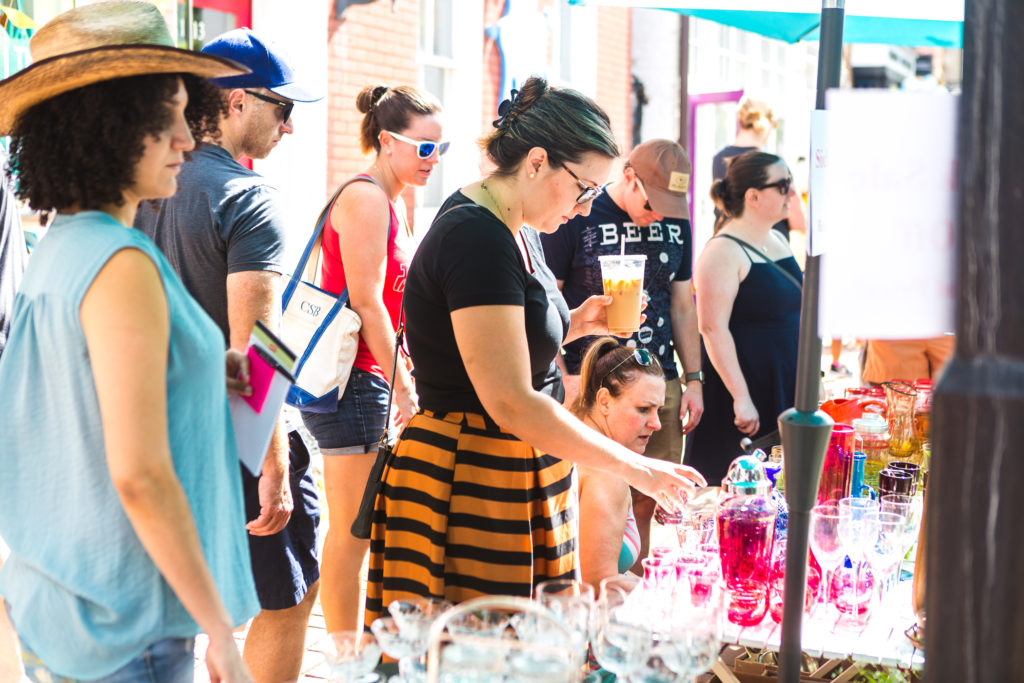The 15th Annual Alexandria Summer Sidewalk Sale Returns
Stroll Outdoors on August 10 for Deals from 60+ Boutiques

ALEXANDRIA, VA-One of the longest-running seasonal summer shopping events—Alexandria Summer Sidewalk Sale—returns to the D.C. region’s “Shop Small” destination on Saturday, August 10, 2024, throughout Old Town and beyond. The event features more than 60 Alexandria boutiques stepping out of their storefronts and offering deeply discounted summer merchandise across women’s fashion, consignment, fair-trade goods, artwork, plants, home décor and more.
Check out first-time Sidewalk Sale participants, Galactic Panther Art Gallery, Look Again Resale Shop, Indus Imports, Madame Coco Emporium & Everything Chocolate, Pippin Toy Co., The Genius Genus, The BEST Gift Shop and Zen Press Juice. Plus, discounts of up to 75% off are available at boutiques including Lotus Bloom, Boxwood, Red Barn Mercantile, The Old Town Shop and more.
Shoppers can head to the Old Town Pop-Up Art Market at 101 N. Union Street to peruse offerings from Fiscus Glassworks, Bashford & Pitt, CalmConnectWell, Alexandra Schmeling Fine Art, Papazian Design and The Pink Reef from 10 a.m. to 4 p.m. Nearby, stroll Mount Vernon Avenue during the Del Ray Vintage & Flea Market from 9 a.m. to 2 p.m.
Shoppers are invited to follow a map of participating stores along Alexandria’s red brick sidewalks for end-of-summer savings from locally owned boutiques. During the week of the event, the map will be posted online at AlexandriaSidewalkSale.com, accessible via a QR code on posters at participating stores and available in print for pickup at the Alexandria Visitor Center, 221 King Street. Parking is available in various parking garages throughout Old Town.
Alexandria Sidewalk Sale is produced by Visit Alexandria in partnership with Old Town Business and the City of Alexandria.
Visit AlexandriaSidewalkSale.com for more information and store hours.
ICYMI: Aces on the Brink of Elimination in Playoffs




